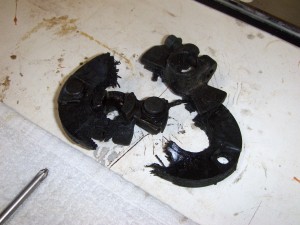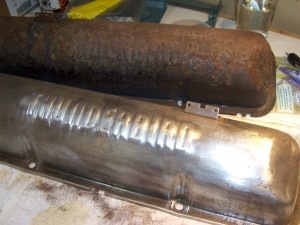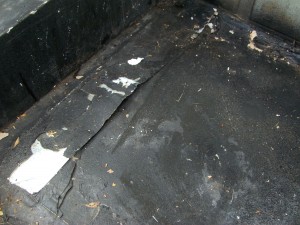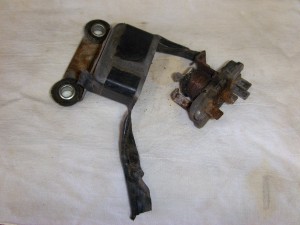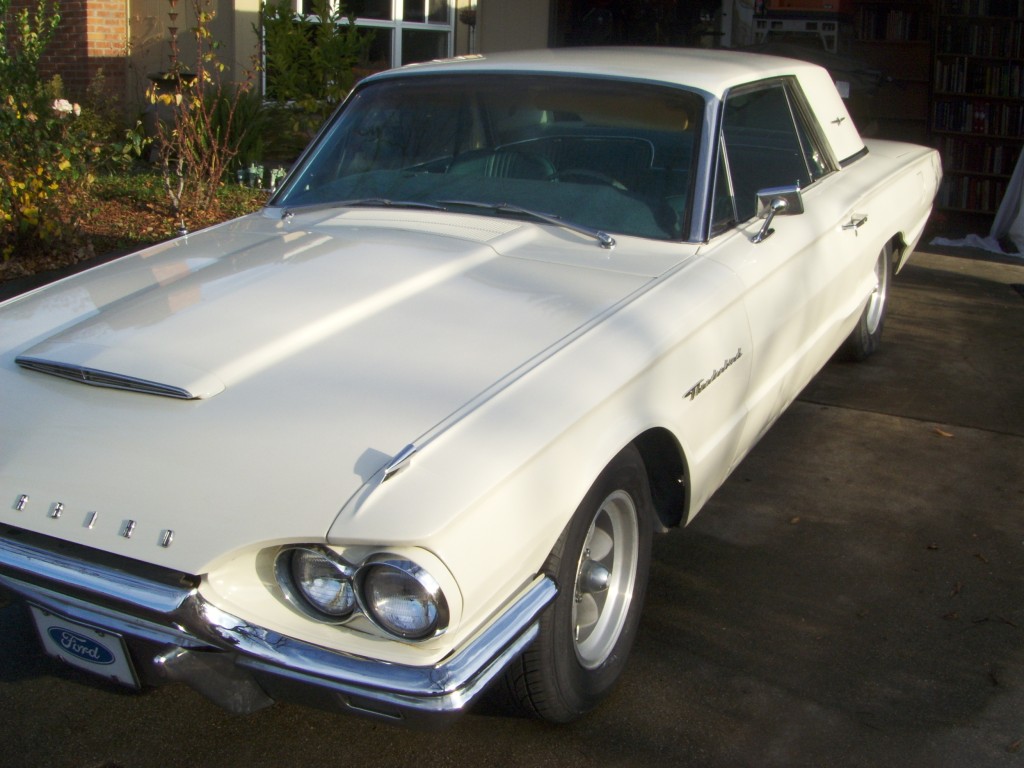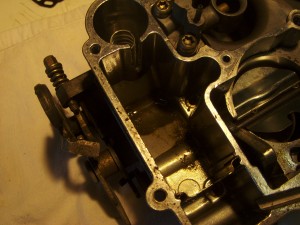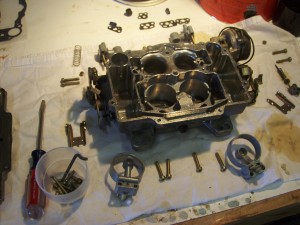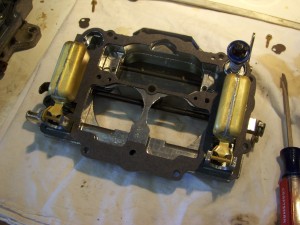So, yeah, pulling out the steering column is more work than I figured. Even without the fancy slide-away steering wheel, this is not an easy job, but disassembly is complete.
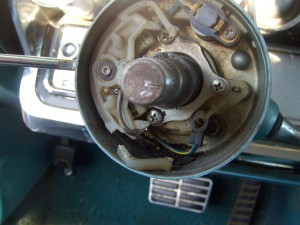
Most of the difficulty came under the hood, trying to reach and turn four bolts, which took most of the afternoon. Had I been willing to remove parts that were in the way, the job would have gone faster, but I simply didn’t relish taking off the hood (the hinge was in the way) or the brake system. (Criminy, I just put that in!). Eventually, I ended up pulling a brace (easy) and a valve cover (needed to come off anyhow) to get to the last bolt.
Like the carburetor rebuild, I’m glad I dived into this. Some of the things I found:
- Behind the dashboard fascia plate, most of the screws holding the dashboard trim together are missing. No wonder it rattles so bad.
- Someone had jury-rigged the shifter in the distant past. I was only experiencing the shifter slipping from park to reverse (!) unexpectedly, but the day of complete failure was not far off.
- The self-canceling mechanism for the turn indicator was broken and needed replacement.
- The rubber boot sealing the firewall opening where the steering column goes through was completely shot, allowing exhaust and fumes to pour into the passenger compartment. (Pulling the steering column is the only way to install a new one.)
- The lower bearings supporting the shift tube and steering shaft were gone, replaced by a piece of PVC pipe. (Yeah, the kind you use for lawn sprinklers.)
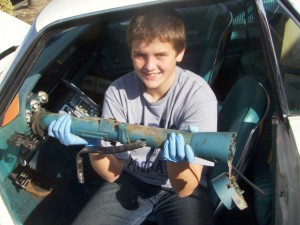
All in all, a major safety upgrade, I’d say. There are a lot of pieces off the car, many of them rusty and some in need of paint. I’ll be putting it back together slowly, refurbishing parts as I go.
A complete photo journal of the disassembly process is posted on Photobucket.

